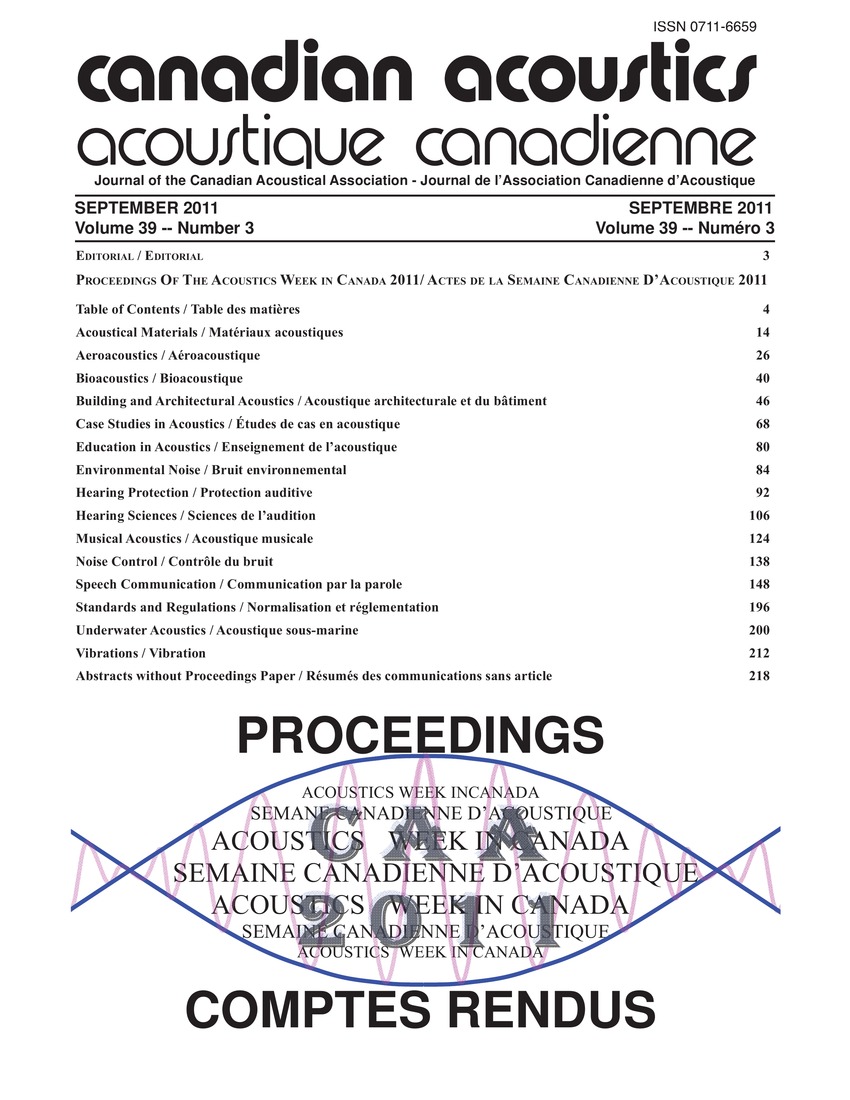Regional variation in the allophones of CANADIAN ENGLISH
Keywords:
Students, Canadian english, Formant trajectory, Nova Scotia, Nuclear measurement, Phonetic level, Regional variation, Undergraduate students, Word listsAbstract
A study that was conducted to examine regional variation in the allophones of Canadian English is presented. The data below are from word list productions elicited during recorded socio-linguistic interviews with 86 undergraduate students from every region of Canada. The word lists, which contained 145 words representing all of the vowels of English in a range of allophonic contexts, were analyzed acoustically using Kay Elemetrics' CSL 4400 system, with single-point nuclear measurements of F1 and F2 taken at the F1 maximum or at a point of inflection in F2 representing the central tendency of the formant trajectories. While there is no evidence of an analogous phonemic split in the Maritimes, raised vowels in bad and sad do resemble the American pattern at the phonetic level, and may be a relic of an older, colonial pattern brought to the region by the Loyalists, who were the most important element in the initial English-speaking settlement of Nova Scotia and New Brunswick.Additional Files
Published
How to Cite
Issue
Section
License
Author Licensing Addendum
This Licensing Addendum ("Addendum") is entered into between the undersigned Author(s) and Canadian Acoustics journal published by the Canadian Acoustical Association (hereinafter referred to as the "Publisher"). The Author(s) and the Publisher agree as follows:
-
Retained Rights: The Author(s) retain(s) the following rights:
- The right to reproduce, distribute, and publicly display the Work on the Author's personal website or the website of the Author's institution.
- The right to use the Work in the Author's teaching activities and presentations.
- The right to include the Work in a compilation for the Author's personal use, not for sale.
-
Grant of License: The Author(s) grant(s) to the Publisher a worldwide exclusive license to publish, reproduce, distribute, and display the Work in Canadian Acoustics and any other formats and media deemed appropriate by the Publisher.
-
Attribution: The Publisher agrees to include proper attribution to the Author(s) in all publications and reproductions of the Work.
-
No Conflict: This Addendum is intended to be in harmony with, and not in conflict with, the terms and conditions of the original agreement entered into between the Author(s) and the Publisher.
-
Copyright Clause: Copyright on articles is held by the Author(s). The corresponding Author has the right to grant on behalf of all Authors and does grant on behalf of all Authors, a worldwide exclusive license to the Publisher and its licensees in perpetuity, in all forms, formats, and media (whether known now or created in the future), including but not limited to the rights to publish, reproduce, distribute, display, store, translate, create adaptations, reprints, include within collections, and create summaries, extracts, and/or abstracts of the Contribution.


